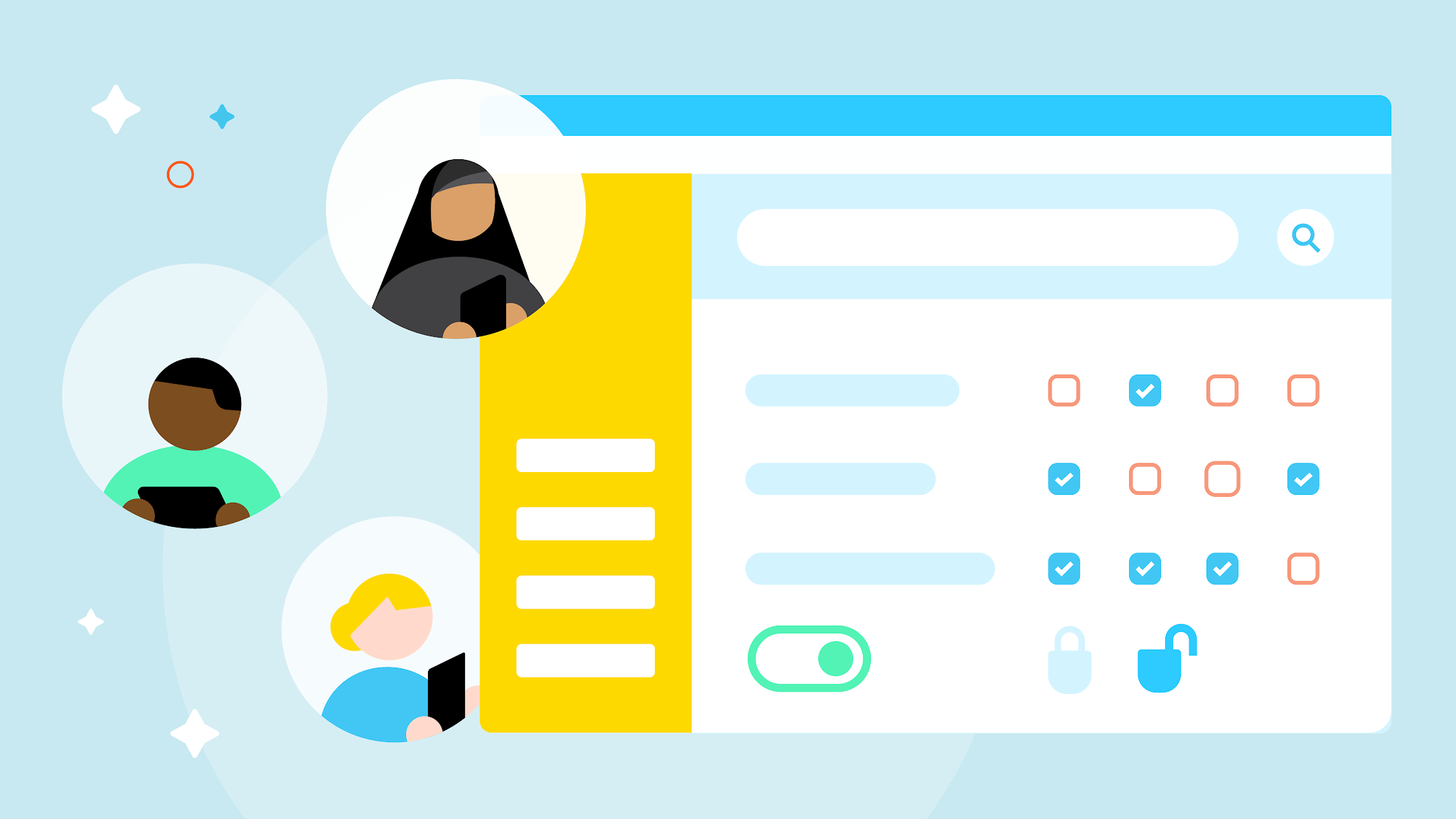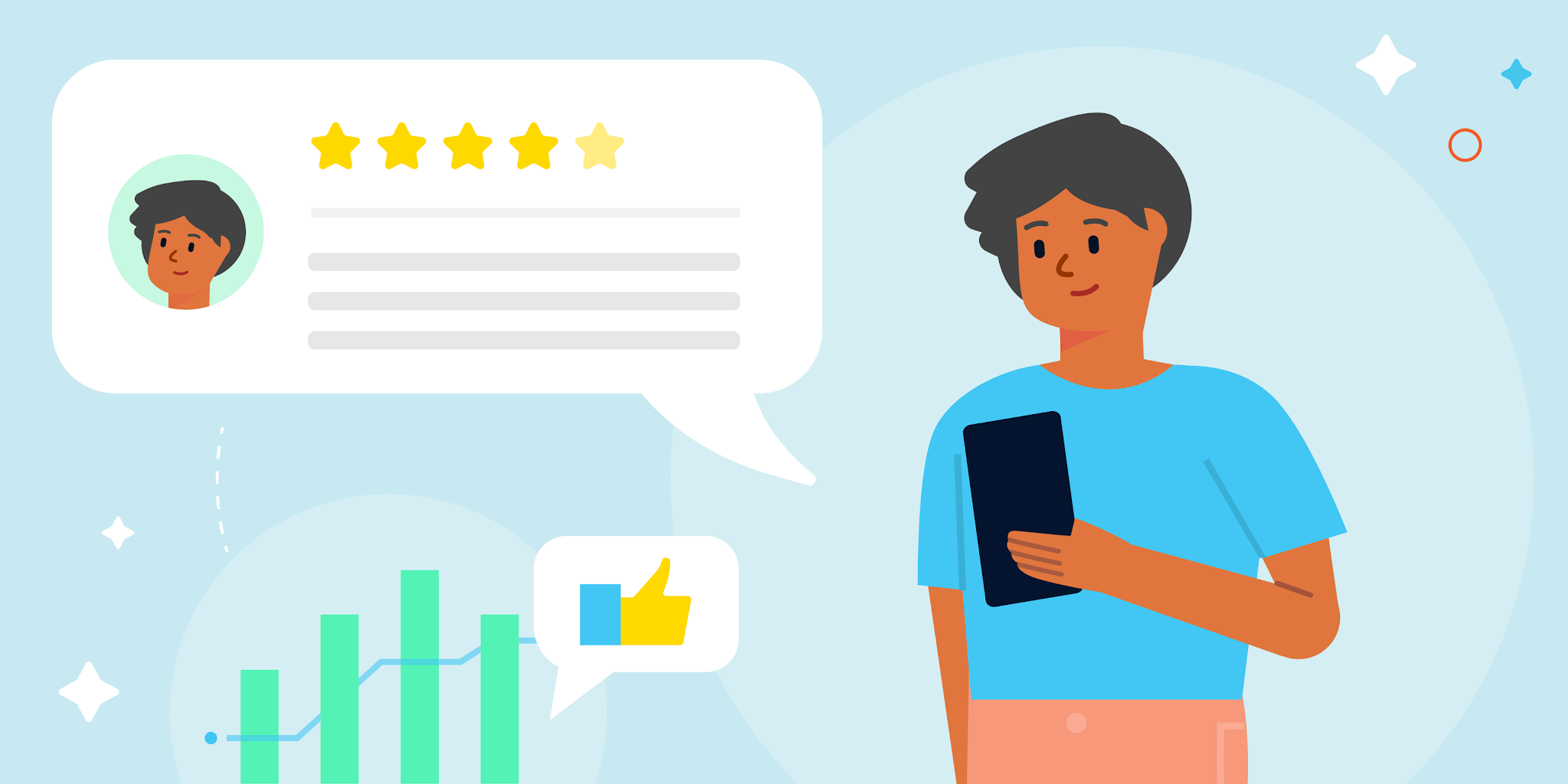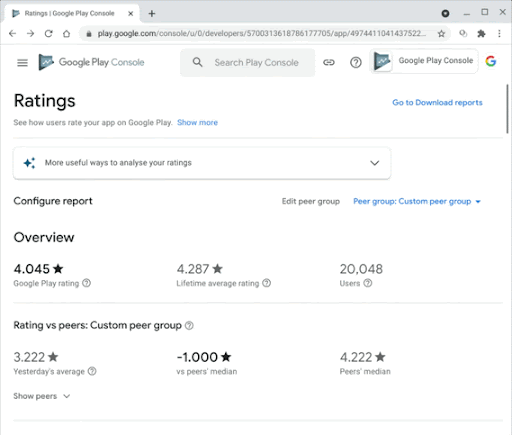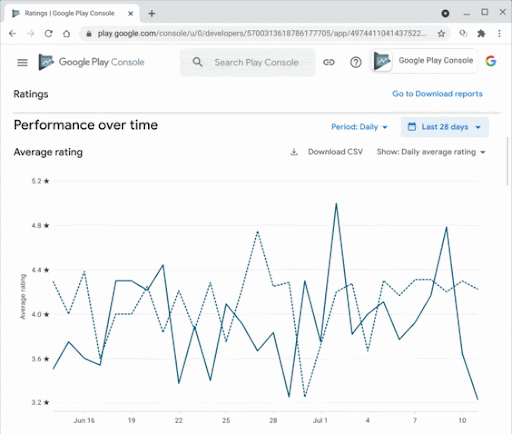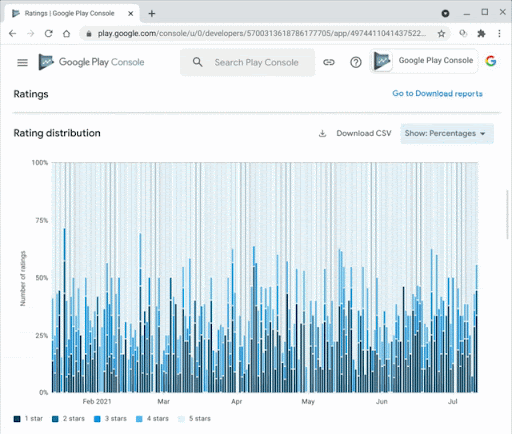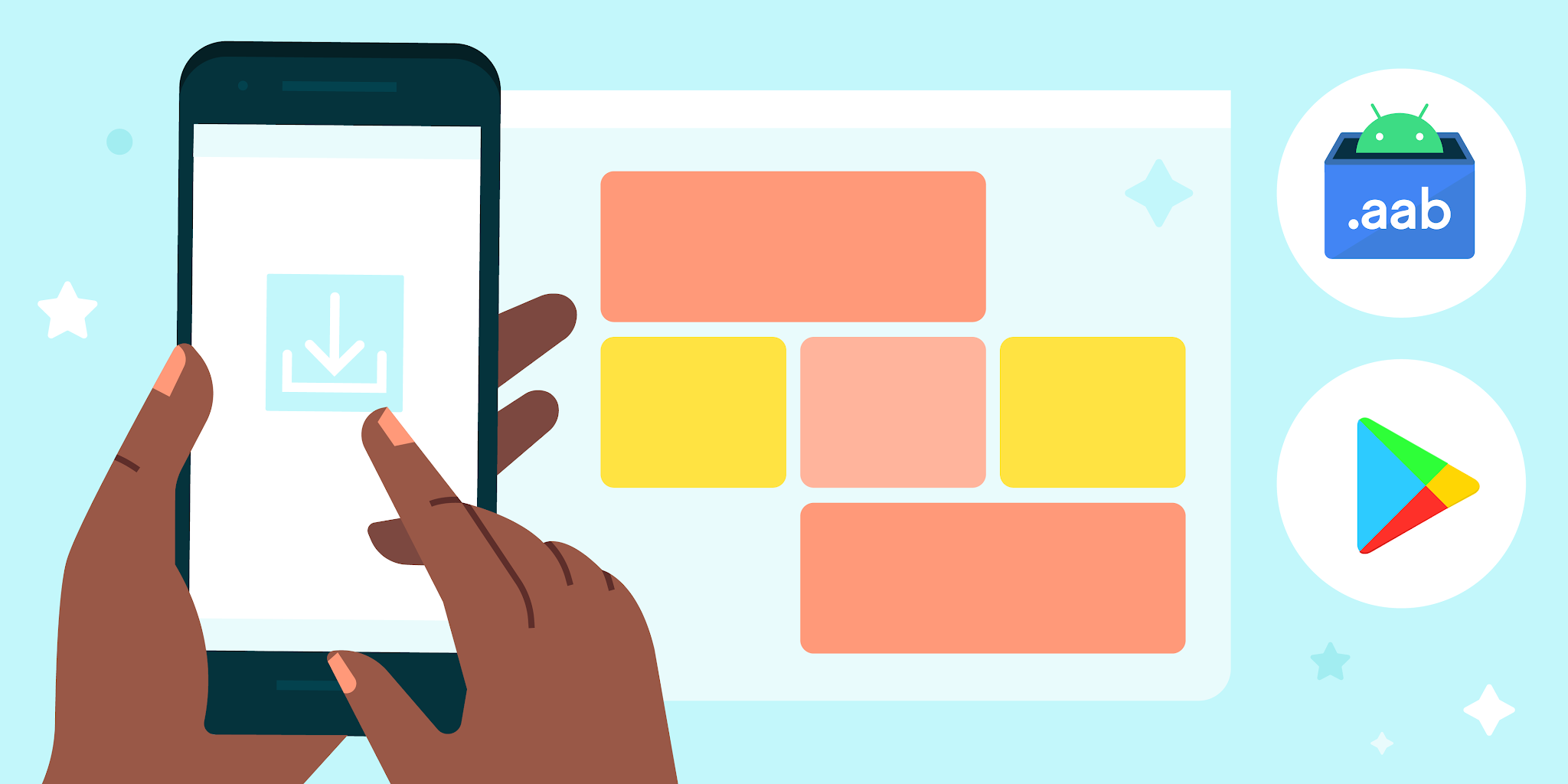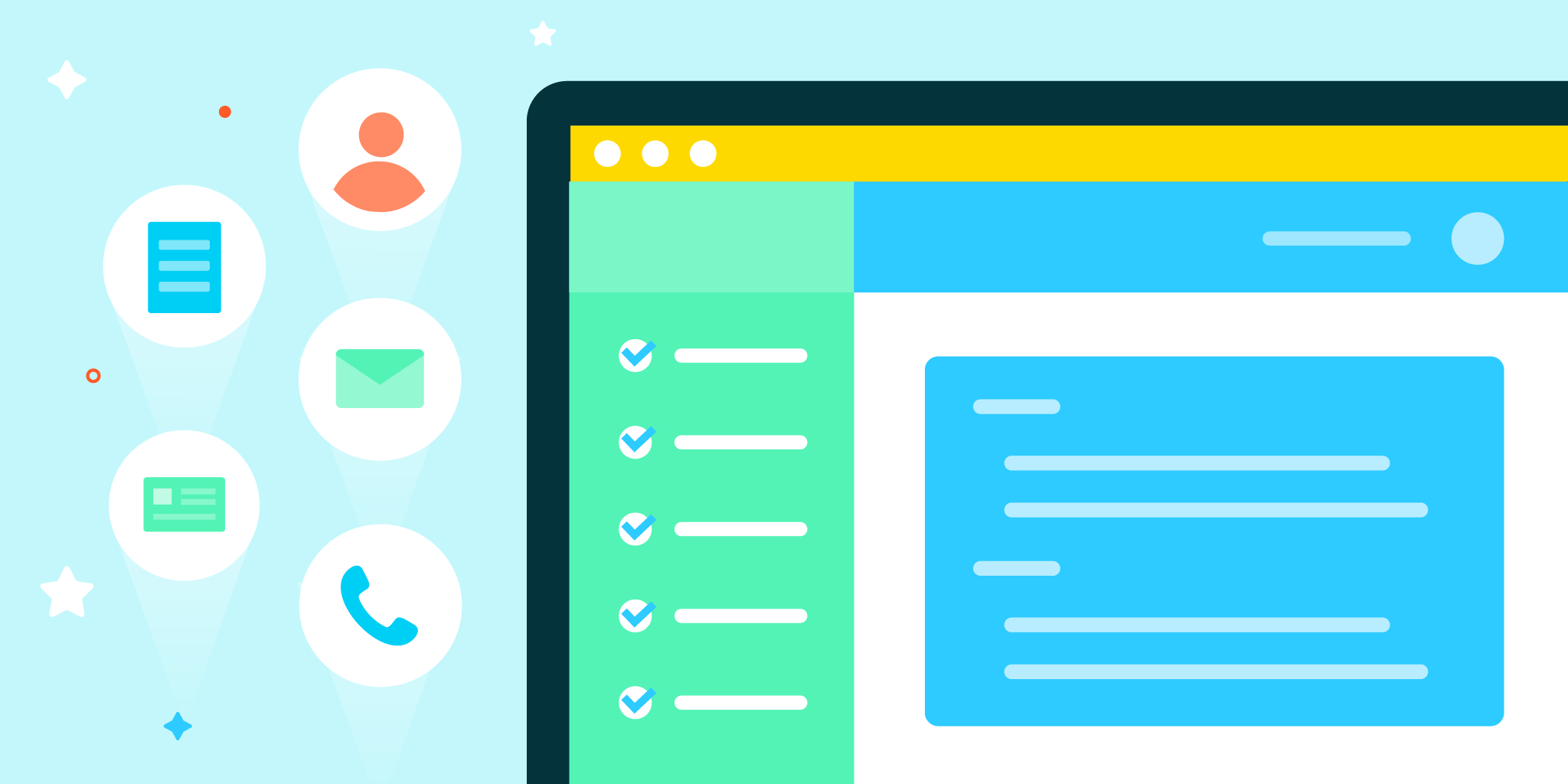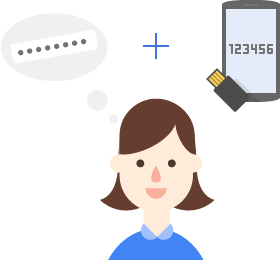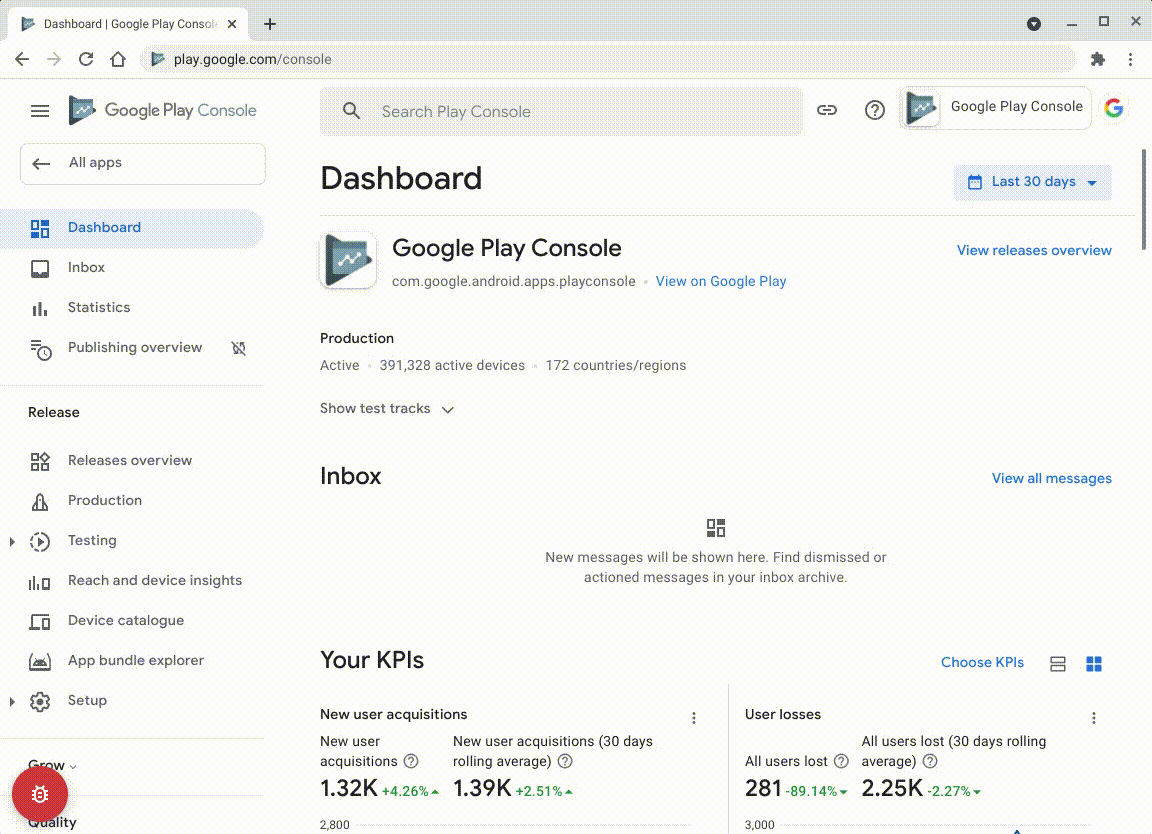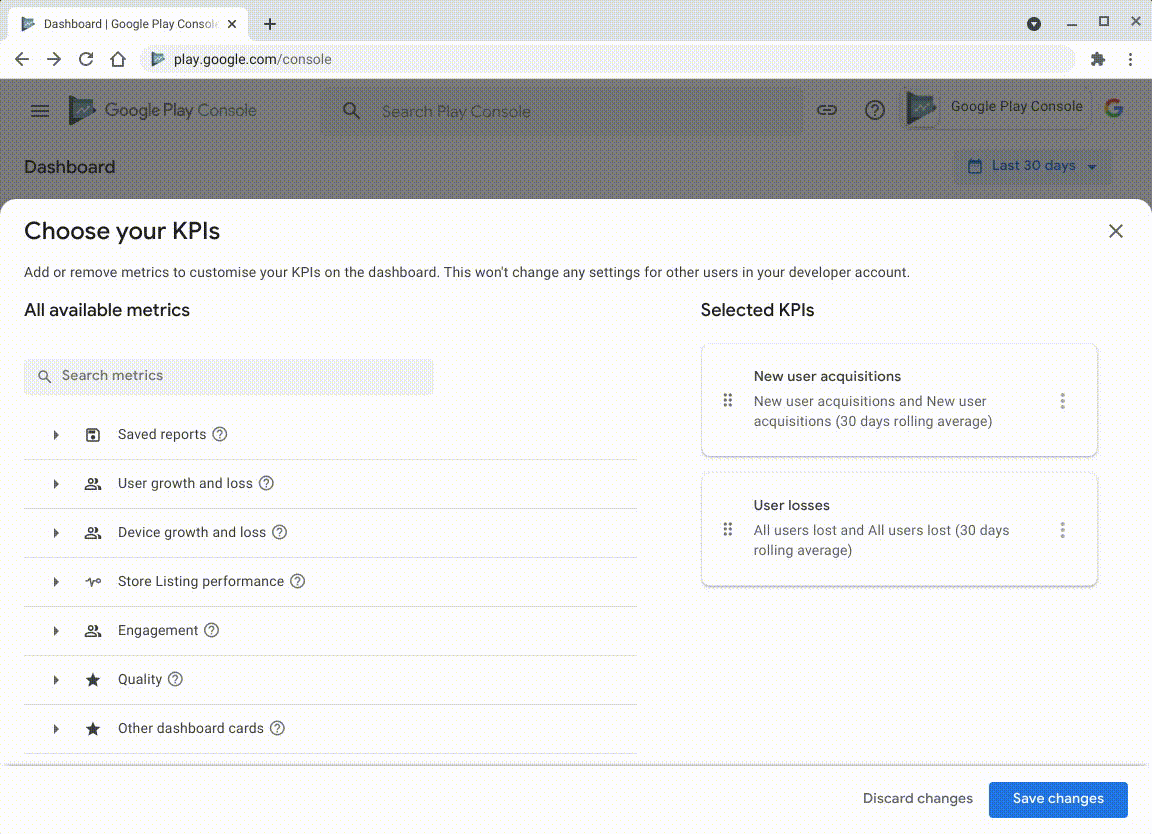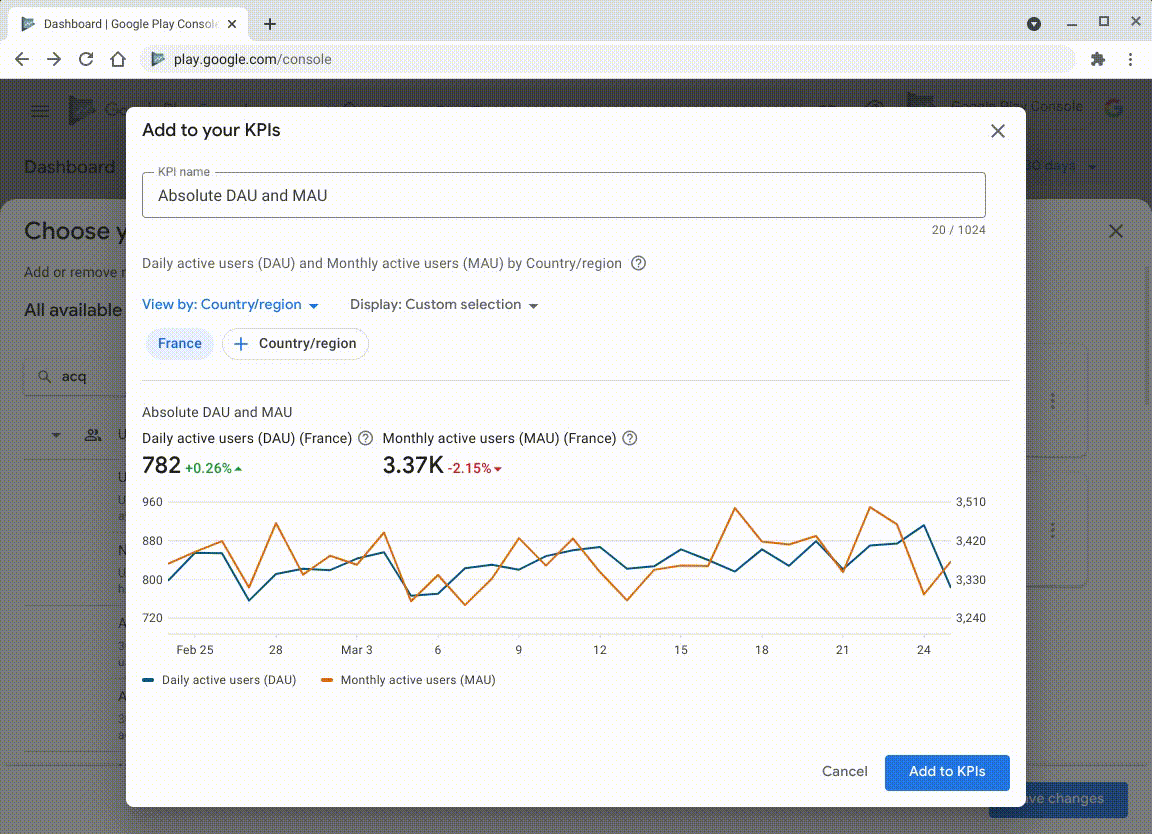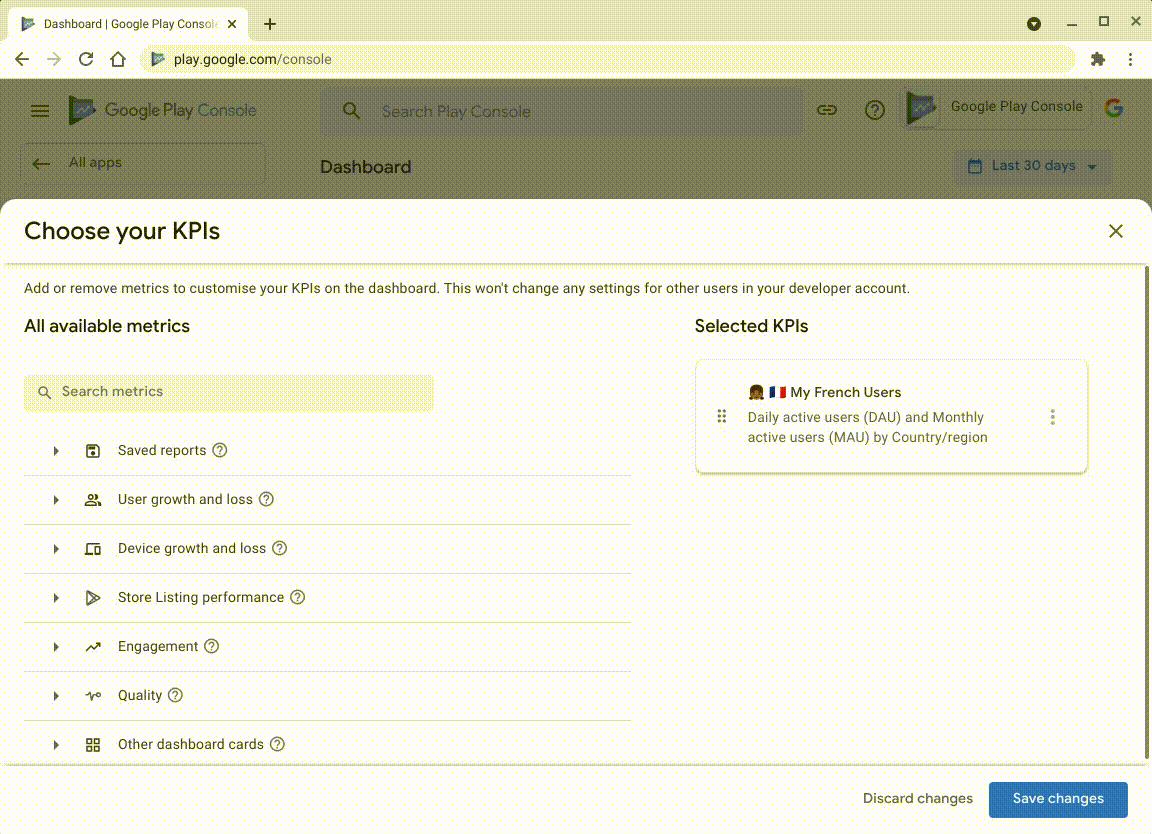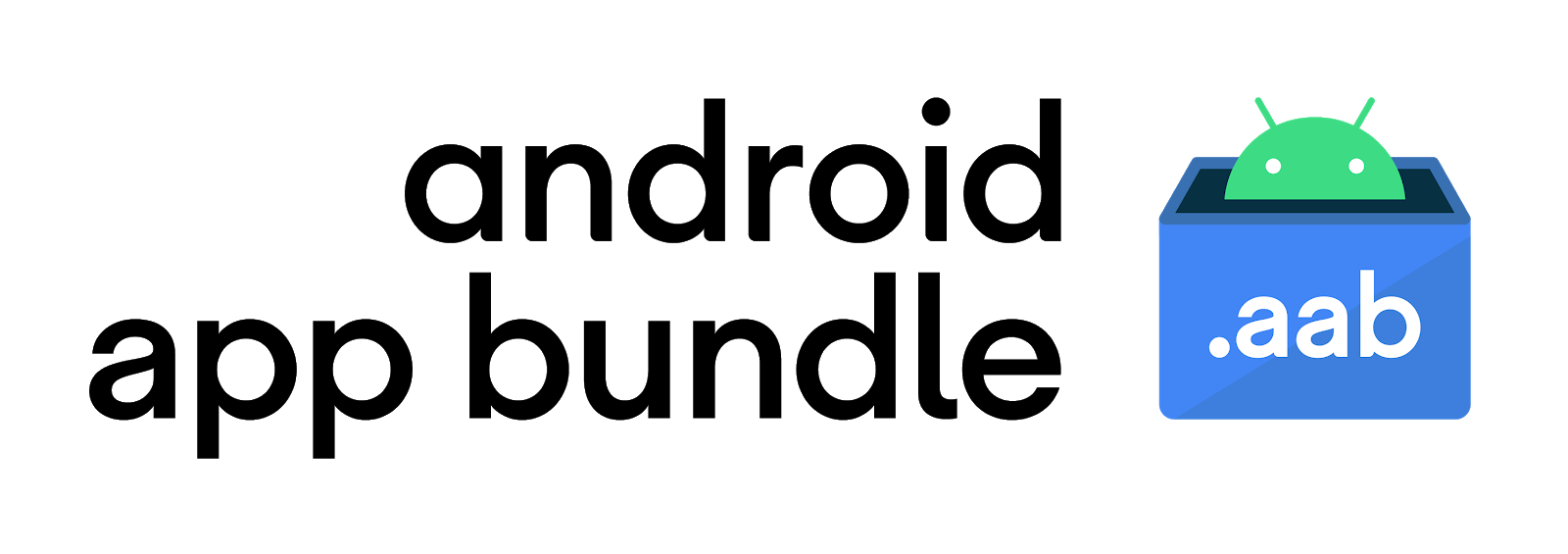Posted by Alex Musil, Director of Product, Google Play

At this year’s Android Developer Summit, we shared new features we’ve been building to help power your growth on our platform, including enhancements to trust and safety, tools to boost your app quality and improve monetization, some updates for games, and an exciting new app marketing certificate.
Watch the whole session below, or keep reading for the highlights.
Evolving our business model to address developer needs
We've made important changes to ensure all types of businesses can be successful on Google Play. We now have multiple programs designed to support our app ecosystem with 99% of developers qualifying for a service fee of 15% or less.
Recently, we announced that starting January 1, 2022, we’re decreasing the service fee for all subscriptions on Google Play from 30% to 15%. Additionally, we're making changes to the Play Media Experience program, where ebooks and on-demand music streaming services will now be eligible for service fees as low as 10%.
For more information about our service fees, please see our FAQs.
Improvements to trust and safety
Earlier this year, we shared details about the upcoming Data safety section in the Play Store, which will let users know what type of data your app collects and shares and how that data is used. By giving you a way to showcase your approach to privacy and security, we’re not only building trust, we’re helping users make informed decisions about the apps they install and use.
Users will see the new Data safety section in the Play Store starting in February 2022. You have until April 2022 before your apps must have this section completed and approved, but we encourage you to fill out the required Data Safety form in Play Console now. For more information, including guidance on how to fill out the form, watch our “Get prepared for the Data safety section” session.
We regularly update our policies to make Google Play a safe and trustworthy experience. Check out our Policy Center or this PolicyBytes video for new announcements from this week. You can also join our policy webinars and send in your questions, available for multiple regions (Global, India, Japan, or Korea).
Another way that we’re protecting both you and our users is by investing in new developer tools that help you protect your apps and games from abuse and attack, so you can ensure your users have the experience you intend. The new Play Integrity API will let you determine if you’re interacting with your genuine app binary, installed by Google Play, and running on a genuine Android device that’s powered by Google Play services. If not, you can decide how best to introduce additional friction and reduce the risk to your app.
The Play Integrity API will be rolling out to all developers over the next few months. To learn more, watch our “Play Integrity API” session and express interest in early access.
More ways to improve app quality
We've released several updates to help you improve the performance of your app.
First, we’re making it easier for you to be alerted to and fix new issues with improvements to Android vitals. Your most recent data is now more visible to help you see issues right away, and we’ve added trends, filters, and app version information to help you identify the source of the issue quickly.
We also recently launched a new tool in Play Console called Reach and devices to help you understand which features or fixes would help you reach the most users on Google Play. By understanding your user and issue distribution, you can make better decisions about which specs to build for, where to launch, and what to test to make the biggest impact.
We’re making changes to the way users evaluate your app quality, too. One of the most important ways that users assess your app is by checking your ratings and reviews. That’s why starting in November, users on phones will start to see ratings specific to their registered country. Then, in early 2022, users will see ratings specific to the device that they’re on, including form factors such as tablets, Chromebooks, and wearables. You can preview your location-specific and device-specific ratings in Play Console now, and we encourage you to check them out so you have time to make any app quality improvements you need before the new ratings go into effect in the Play Store.
Updates to help you monetize your app
To help you better monetize your apps and games, we continue to invest in modernizing our platform, including updates to the Billing Library. Billing Library version 3, which was announced June 2020, includes new ways for users to pay, subscription promotion capabilities, purchase attribution for games, and improvements to purchase reliability and security. As a reminder, all updates to existing apps must use Billing Library version 3 or newer by November 1, 2021. Learn more about updating to Billing Library version 3 or newer — which requires few updates to your code — in the release notes.
We’re also excited to announce a new feature in the Billing Library: in-app messaging. Today, subscription users who go into payment decline often aren’t aware of it, or experience too much friction to fix their payment. That’s why we’ve launched a new API that can detect whether a user is in payment decline and show a helpful message right in your app, so the user can immediately fix the payment without leaving the app to go to the Play Store. Best of all, the integration is super easy — just a single line of code. On average, our early-access partners saw a 99% improvement in subscription recovery and spend for users who saw the message. In-app messaging will be available in the next Billing Library release, so stay tuned for more information.
Seamless gaming experiences
The updated sign-in API for Play Games Services, which drastically simplifies the sign-in implementation, is now in early access. The new SDK makes for a one-line implementation.
We’ve also simplified the setup for users, combining the Google Play Games install and profile creation in one step. This allows users to get back to their game more quickly, even when they don’t have Play Games installed. We’re also streamlining the process of opting in to auto-sign-in for an even smoother experience for returning users.
But that’s not all. Because needing to have the Google Play Games app installed is creating friction for some users, starting in 2022, Play Games Services will no longer require this installation. This change will allow 2 billion users to sign in to your Play Games Services-enabled games with a zero-touch experience. More details are coming soon. You can express your interest in the early access program on our developer site.
Industry-recognized app marketing certificate
Last but not least, we also announced the launch of the Google Play Store Listing Certificate. This new program is designed to help app marketers demonstrate their proficiency and skills in Play Store listing best practices.
To get certified, app marketers can take online training that will help you best tell your app or game’s story on Google Play. You’ll learn key skills that will help you drive growth through high-quality and policy-compliant store listings. After the training, take the exam to get an industry-recognized certificate.
We hope you take advantage of all these new features and programs to grow your businesses on Google Play. Please continue sharing your feedback so we can build the tools you need to power your growth. Thank you for being part of the Google Play community.
How useful did you find this blog post?

